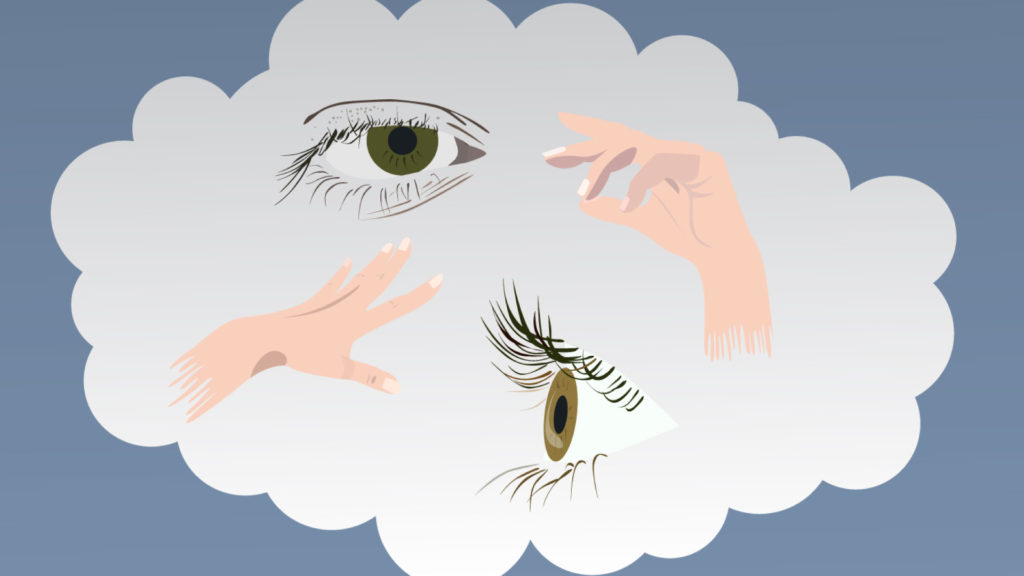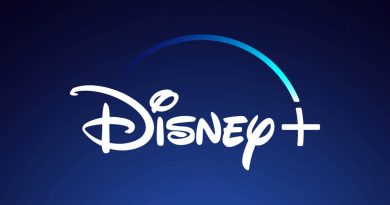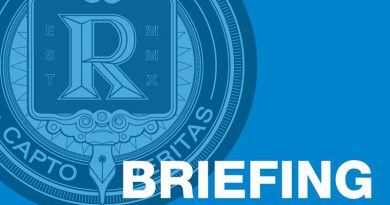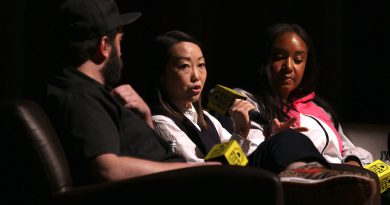We Need To See More Of The Female Gaze In The Entertainment Industry
The way women are perceived in films, books, comics, art and more has been overly saturated with the way men hungrily observe female bodies. Spilling breasts, low-cut jeans, the pear shape of a silhouette—this is how many men write female characters.
This is called the male gaze. It’s how male creators present their work thinking that the public wants to see it the same way they do.
In a market so saturated by the perspective through which men see the world, women are left misunderstood and misportrayed across the entertainment industry.
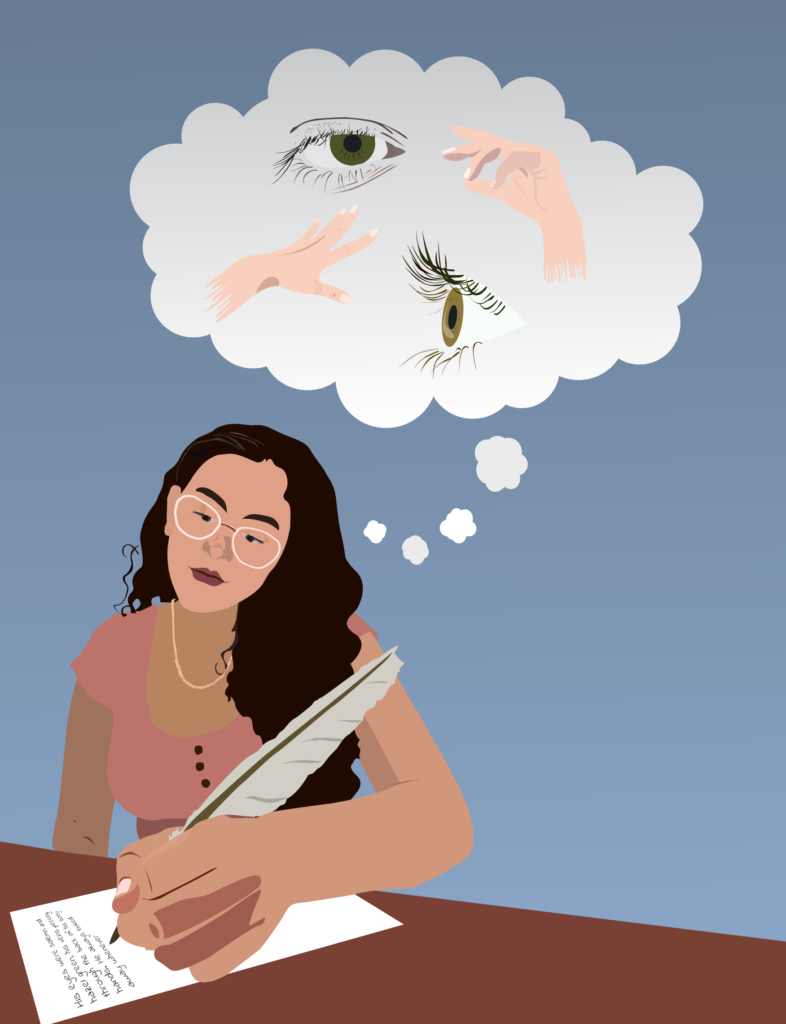
But what happens when the auteur seeks to see through the lenses of women? Ironically, it doesn’t show the objectification of men like in Magic Mike and isn’t only used by females. It is about the softer, intimate and yet still sensual likes of women.
A great example of the female gaze is in Pride & Prejudice (2005) when timid and stoic Mr. Darcy (Matthew MacFayden) takes a surprised Elizabeth Bennet (Keira Knightley) to her carriage. The shot focuses on the bare hand he nervously used to hold hers while they walked.
The scene seeks to be emotional and intimate, to see what characters are thinking and feeling. It focuses on yearning and pining, as well as forbidden romances. The female gaze is about personifying men and reaching to see what they feel for someone.
This same idea can be applied to queer women and other folx, like with The Handmaiden (2016) and The Portrait of a Lady on Fire (2019), where are all stories focus on gazes, hands, and the reactions characters get from one another.
But the female gaze is not perfect.
The relationships of queer women can sometimes be atrocious, like with the film Blue is the Warmest Color (2013) where two women are objectified under the pretense of female empowerment.
Another example is female superhero characters. While badass and independent, they are still subjected to the outlook of what men want from them—and usually end up in poses that accentuate their bodies.
There are still areas where the female gaze can improve. However, it is definitely taking the entertainment industry in the right direction.
Comprehending and allowing more female auteurs to tell stories from the female point of view is essential for women to feel understood in society. The female gaze can help women be empowered. So to all the women reading: be unapologetic and demand true representation.

